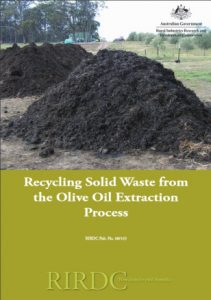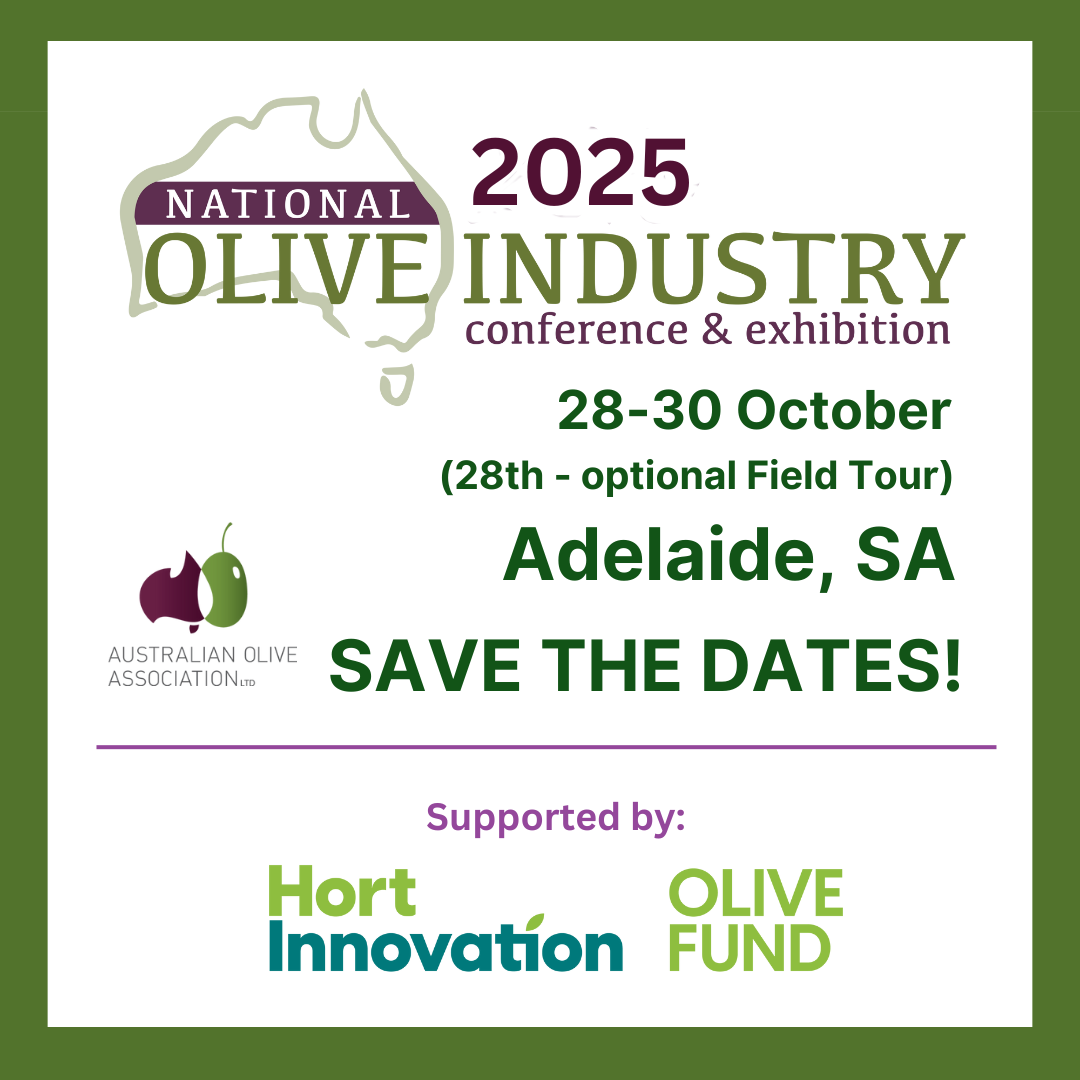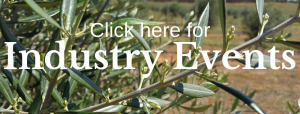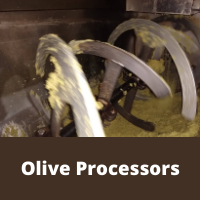
The AOA is currently conducting a review of olive R&D reports published from 2000 to 2013, currently available on the Agrifutures (previously RIRDC) website.
Initial activity has seen 16 reports identified for review and update, seven reports identified as current and relevant as published, and nine reports as obsolete or superseded.
The AOA review of publications comprises a two-step process:
- A one page Review/Gap Analysis, identifying those sections of the nominated publication(s) requiring revision/updating;
- An “Addendum” to update the nominated publication(s) that describes new developments/research outputs, to be read in conjunction with the original paper.

The fifth of the review reports has recently been published, covering the publication Recycling Solid Waste from the Olive Oil Extraction Process; RIRDC Publication 08-165, October 2008; Author(s): Assoc. N.G. Tan Nair, Julie Markham.
The report looks at the development of an environmentally sustainable system to manage solid waste from the 2- and 3-phase olive oil mill extraction processes, which result in significant quantities of solid and liquid wastes generated to the detriment of the environment. The industry is faced with the challenge to manage these wastes in order to achieve sustainable production in a clean environment. The research was done over three years at three sites in New South Wales, using olive waste collected from the 2005-2007 harvests. The research work reported is important because it provides the industry with a tool to recycle processed oil mill waste to improve the health of the crop and the status of the soil.
Download the report here.
The review of Recycling Solid Waste from the Olive Oil Extraction Process was undertaken by soil and composting specialist John Barton, of Charton & Bang, a keynote speaker at the 2019 AOA National Olive Industry Conference & Exhibition.
Covering the report structure and content; the trial purpose, format and results; usability and current relevance, the review provides a comprehensive overview of the report. Barton finds that, while the 11 year timeframe since the report’s release creates limitations in the document, this information is extremely valuable for the management of olive mill waste (OMW) in Australia.
“Despite the research that has followed this document, it still remains relevant. It shows that OMW can be composted successfully under Australian conditions for a moderate cost. Its findings have not been disproved, but rather added to. It should not be modified or removed, but its benefit to olive producers could be improved by an addendum and further local research,” he said.
“Reviewed from the perspective of a professional composter, the trial described in this document appears to use a relatively simple and straightforward composting method that is accessible to most olive producers. It does not however provide adequate instructions on how to perform this composting process.”
More information
To fill that gap, Barton has provided the AOA with further information and practical advice on composting. Focussed specifically on olive waste, the information includes a step-by-step compost ‘recipe’, and recommendations on application rates and timing in olive groves. You’ll find it in the June edition of the Olivegrower & Processor industry journal.
Read the full report review here.



